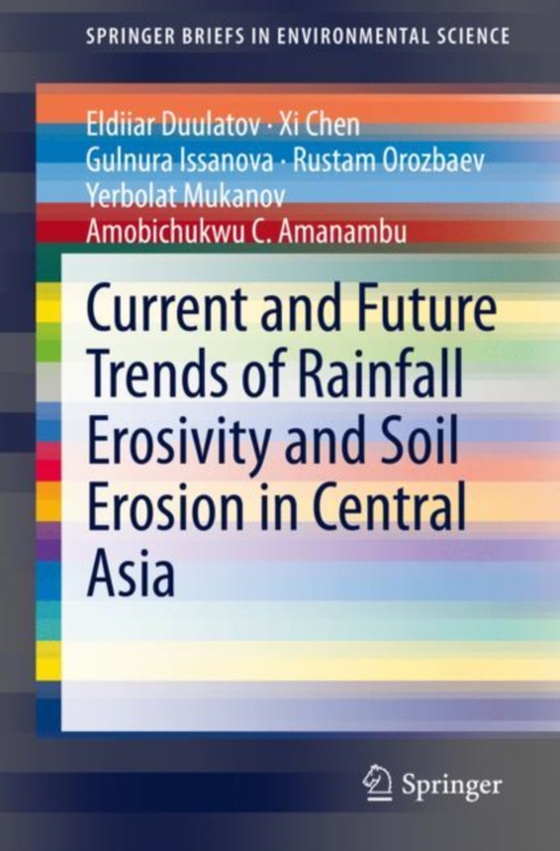
Current and Future Trends of Rainfall Erosivity and Soil Erosion in Central Asia e-bog
546,06 DKK
(ekskl. moms 436,85 DKK)
This book analyses climate change influences on rainfall erosivity and soil erosion across Central Asia, provides an overview (past and projections) on the Central Asian countries where projected changes in rainfall erosivity and erosivity density are the greatest, and discusses the potential impacts on the environment across the region. This analysis is accomplished primarily us...
E-bog
546,06 DKK
Forlag
Springer
Udgivet
4 januar 2021
Genrer
Physical geography and topography
Sprog
English
Format
pdf
Beskyttelse
LCP
ISBN
9783030635091
This book analyses climate change influences on rainfall erosivity and soil erosion across Central Asia, provides an overview (past and projections) on the Central Asian countries where projected changes in rainfall erosivity and erosivity density are the greatest, and discusses the potential impacts on the environment across the region. This analysis is accomplished primarily using the RUSLE model with past and future climate projections, spatiotemporal variations of rainfall erosivity and soil erosion based on WorldClim, and Coupled Model Intercomparison Project Phase 5 (CMIP5) climate models (for Central Asia and separately Kazakhstan). The relationship between precipitation characteristics and erosion has been well established, but spatial and temporal projections of future rainfall erosivity in a changing climate in Central Asia have not been published significantly. Therefore, assessing rainfall erosivity and its consequences can assist specialists and researchers in achieving the best practices for soil conservation. The result of this type of research is all-encompassing, and may reflect normal variations in other parts of the world (for example, the arid and semi-arid regions) and is inherently limited to the Central Asian region.
 Dansk
Dansk

